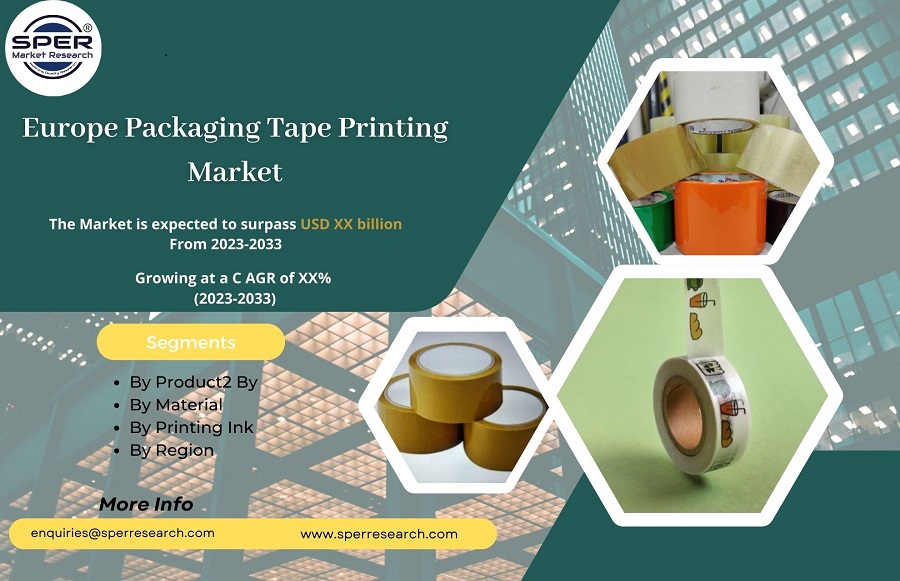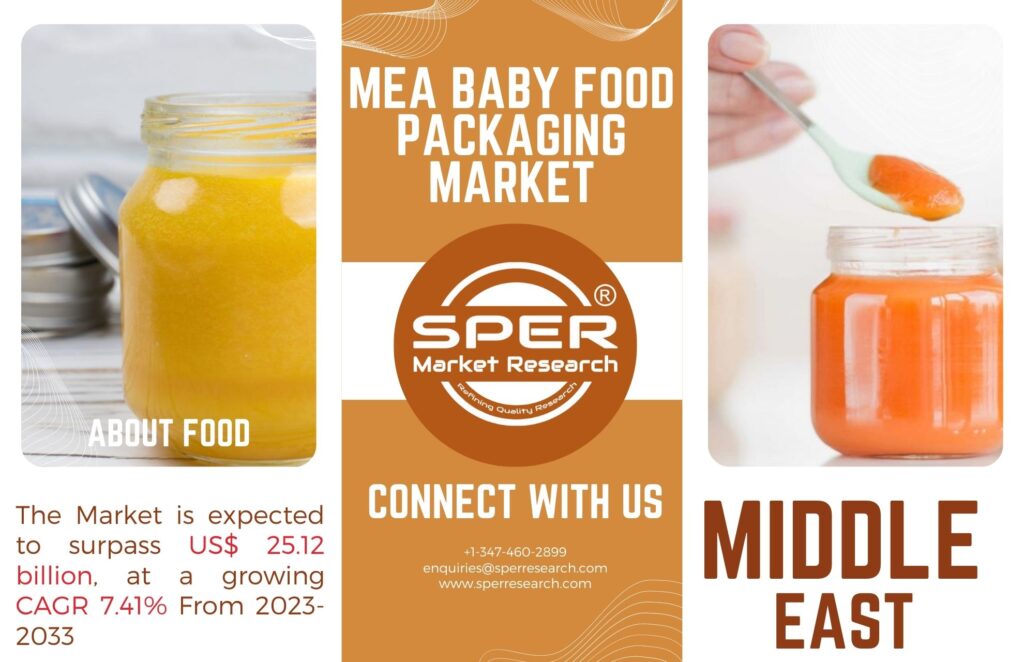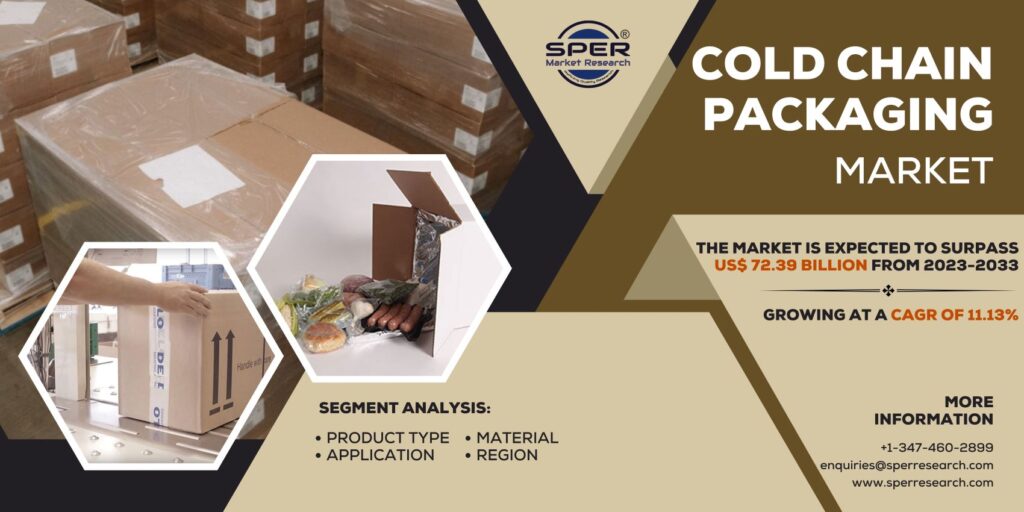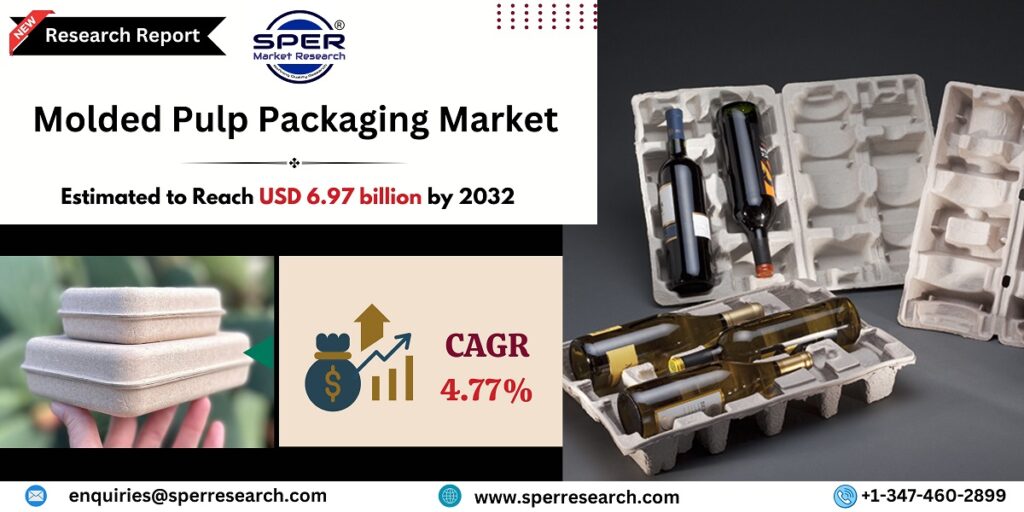The industry that produces and supplies packaging solutions especially made for temperature-sensitive items during storage and transit is known as the worldwide cold chain packaging market. By regulating and sustaining their temperature within a predetermined range, these packaging solutions are crucial for protecting the integrity, quality, and safety of perishable commodities, such as food, medications, and biotechnology products. The market includes a variety of packaging solutions, such as temperature-controlled packaging, containers, refrigerants, and insulated shippers.
According to SPER market research, ‘USA and Canada Cold Chain Packaging Market Size- By Product Type, By Packaging, By Material Type, By End Use – Regional Outlook, Competitive Strategies and Segment Forecast to 2033’ state that the USA and Canada Cold Chain Packaging Market is predicted to reach USD 22.23 billion by 2033 with a CAGR of 12.41%.
The cold chain packaging sector in the United States and Canada is set to grow, propelled by the expansion of the food industry, particularly in packaged items such as meat and dairy. The food and beverage domain, a major user of cold chain packaging, grapples with challenges like post-harvest losses, driving the establishment of robust cold chain systems in both nations. This trend is expected to create opportunities in the cold chain packaging market. Moreover, the market is poised to benefit from increased international trade of food, pharmaceuticals, and chemicals, wherein these packaging solutions play a vital role in ensuring secure transportation, contributing to profitable expansion. Companies in both countries’ cold chain packaging markets are anticipated to offer solutions for both reusable and disposable packaging, with significant investments in research and development aimed at creating more cost-effective and temperature-efficient solutions.
However, the development of the cold chain packaging industry, however, can be constrained by the large upfront costs associated with constructing the necessary infrastructure. When constructing a robust cold chain infrastructure, setting up temperature-controlled storage facilities, transportation networks, refrigeration equipment, and bespoke packaging solutions are all expensive. Due to these upfront expenses, market participants—especially smaller businesses or those based in less developed areas—may encounter challenges. It is expected that the high initial cost of the cold chain packaging infrastructure will restrict the market’s potential for growth. However, these challenges may eventually be mitigated as technology advances and public awareness of the benefits of cold chain packaging grows.
Request For Free Sample Report @ https://www.sperresearch.com/report-store/usa-and-canada-cold-chain-packaging-market.aspx?sample=1
Furthermore, COVID-19 pandemic affected the cold chain packaging sector in two ways. Temperature-controlled packaging saw a sharp increase in demand, especially in the pharmaceutical and healthcare industries for medical supplies and vaccinations. Concurrent travel bans and lockdowns caused supply chain disruptions, highlighting the significance of effective cold chain packaging and logistics. The necessity for cold chain packaging has increased as a result of shifts in consumer behaviour towards home deliveries and e-commerce, which guarantee the freshness and safety of perishable goods. The need for appropriate packaging solutions grew as a result of stricter regulatory requirements for product safety. Due to the pandemic, innovation was spurred, resulting in innovations such as sustainable materials and temperature-monitoring devices. This highlighted the critical role that cold chain packaging plays in guaranteeing the safe and effective distribution of temperature-sensitive items, which in turn drove market adaption and expansion.
Additionally, some of the market key players are American Thermal Instruments, Cold Chain Technologies, Nordic Cold Chain Solutions, RipplePak Ltd., Sealed Air Corporation, Sofrigam SAS, Sonoco Products Company, TemperPack Technologies, Inc., Others.
USA and Canada Cold Chain Packaging Market Key Segments Covered
The SPER Market Research report seeks to give market dynamics, demand, and supply forecasts for the years up to 2033. This report contains statistics on product type segment growth estimates and forecasts.
By Product Type: Based on the Product Type, USA and Canada Cold Chain Packaging Market is segmented as; Foam Bricks, Gel Packs, Insulated Containers, Pallet Shippers, Phase Change Cold Storage Products , Protective Packaging.
By Packaging: Based on the Packaging, USA and Canada Cold Chain Packaging Market is segmented as; Disposable Packaging, Reusable Packaging.
By Material Type: Based on the Material Type, USA and Canada Cold Chain Packaging Market is segmented as; Metal, Paper, Polymer (Polyethylene, Polypropylene, PET, EPS, Polyurethane, Others).
By End Use: Based on the End Use, USA and Canada Cold Chain Packaging Market is segmented as; Beverages, Building & Construction, Chemical, Cosmetics & Personal Care, Electronics, Food, Pharmaceutical, Research Institutes, Textile, Others.
By Region: This research also includes data for USA and Canada.
For More Information, refer to below link:-
USA and Canada Cold Chain Packaging Market Outlook
Related Reports:
Follow Us –
LinkedIn | Instagram | Facebook | Twitter
Contact Us:
Sara Lopes, Business Consultant – USA
SPER Market Research
+1-347-460-289974









